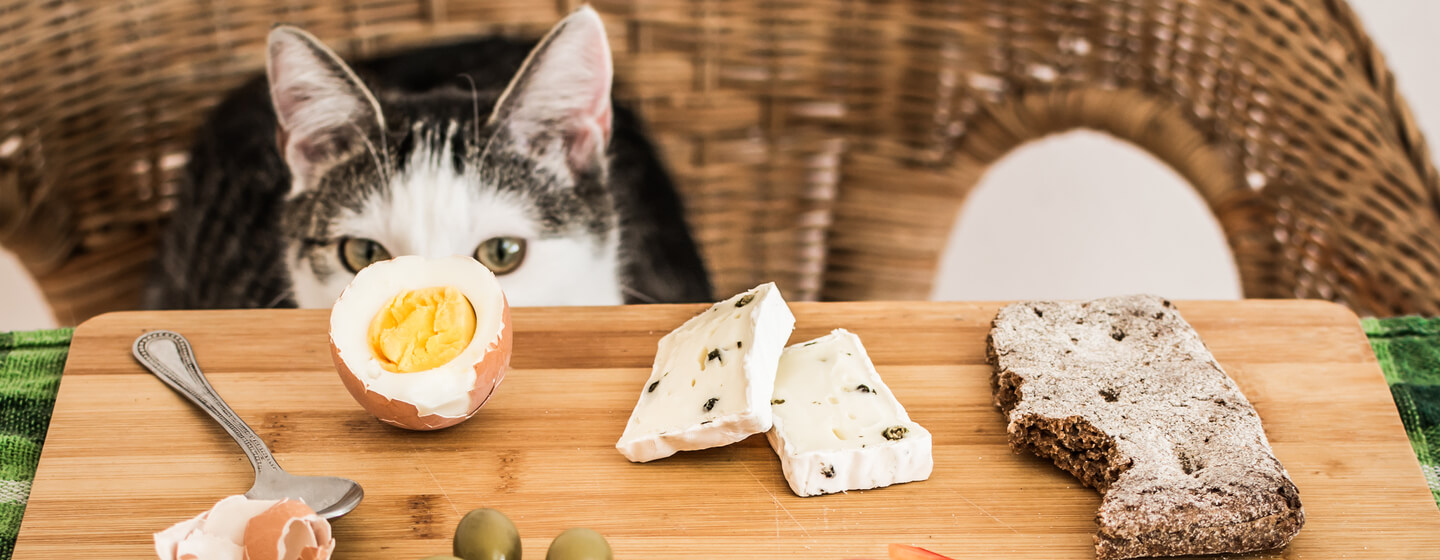Cats can eat small amounts of certain human foods, but it is essential to be cautious and avoid any toxic or harmful ingredients. Additionally, introducing new foods should be done gradually to prevent digestive upset.
Cats are known for their selective and picky eating habits. While cat food provides the necessary nutrition, there may be times when we wonder what other options are safe for our feline companions. In moderation, some human foods can be given to cats, but it’s crucial to be mindful of their health and create a balanced diet.
This article explores various cat-friendly foods beyond cat food, ensuring their safety and well-being. However, it’s important to remember that cats have specific dietary requirements, so understanding what they can and cannot eat is vital to their nutritional health. Let’s delve into this topic and discover suitable alternatives that can be added to your cat’s diet, keeping them happy and healthy.
Homemade Cat Food Recipes
Cats can consume a variety of food besides cat food. Homemade cat food recipes offer certain benefits. Homemade cat food ensures that your feline gets the necessary nutrition. Try chicken and rice as a homemade meal for your cat. Tuna and sweet potato is another recipe to consider.
Turkey and pumpkin is a great option too. Experiment with these homemade cat food ideas to provide a nutritious and delicious meal for your pet.

Credit: www.purina.co.uk
Safe Human Foods For Cats
Cats can safely enjoy a variety of human foods, including cooked chicken, salmon, blueberries, and carrots. These foods provide nutritional benefits without posing any harm to our feline friends. Cooked chicken is a great source of protein for cats and can be fed in small, boneless pieces.
Salmon is an excellent source of omega-3 fatty acids, which promote a healthy coat and skin. Cats can also enjoy the occasional treat of blueberries, as they are packed with antioxidants and vitamins. Carrots are another safe option, providing fiber and essential nutrients.
However, it’s important to remember that these human foods should always be properly cooked and prepared without any seasonings or additives that could be harmful to cats. Additionally, moderation is key, as excessive consumption of any food can lead to digestive upset.
Commercial Cat Treat Alternatives
Cats can enjoy a variety of treats besides their regular cat food. Healthy alternatives include freeze-dried chicken and dehydrated fish. These options are protein-rich and provide essential nutrients for your feline friend. Additionally, dental treats can improve your cat’s oral health by reducing plaque and tartar buildup.
Regularly offering these treats can help keep your cat’s teeth clean and breath fresh. Remember to choose treats specifically made for cats, as some human foods can be harmful to them. Offering a variety of treats can add excitement to your cat’s diet and keep them happy and satisfied.
Foods To Avoid For Cats
Cats should avoid consuming certain foods, as they can be toxic and harmful to their health. Chocolate, onions, grapes, and alcohol are a few examples of foods that cats should never consume. These foods can cause various issues including poisoning, organ damage, and even death in severe cases.
It is important for cat owners to be aware of these toxic foods and ensure that they are kept out of reach from their feline companions. Instead, cats should stick to a balanced diet of cat food, which is specifically formulated to meet their nutritional needs.
By understanding the foods to avoid, cat owners can help protect their furry friends and ensure their well-being.
Transitioning To New Foods
Transitioning to a new diet can be a process for your cat. Start by introducing small portions of the new food alongside their regular cat food. Gradually increase the amount of new food over a week or two. Observe your cat’s reaction during this transition period.
Look out for any signs of discomfort or digestive issues. If your cat experiences any negative reactions, consider adjusting the diet or consulting with a veterinarian. Remember to monitor their eating habits and health throughout the process. By introducing new foods gradually and carefully monitoring your cat’s reaction, you can ensure a smooth transition to a new diet.
Conclusion
To ensure your feline friend’s overall health, it’s vital to provide a balanced diet. While cat food is the go-to option, there are other suitable food choices for your cats. It’s important to remember, however, that not all human foods are safe for cats.
Some safe options include cooked meat, fish, vegetables, and even certain fruits. Just be sure to remove any bones, seasoning, and toxic parts. Experimenting with new foods should always be done in moderation, as some cats have specific dietary restrictions or allergies.
It’s also wise to consult with a veterinarian before introducing new foods to your pet’s diet. Remember, your cat’s well-being depends on a nutritious and balanced diet. By providing suitable alternatives to cat food, we can ensure that our furry companions receive the nutrients they need to thrive.
